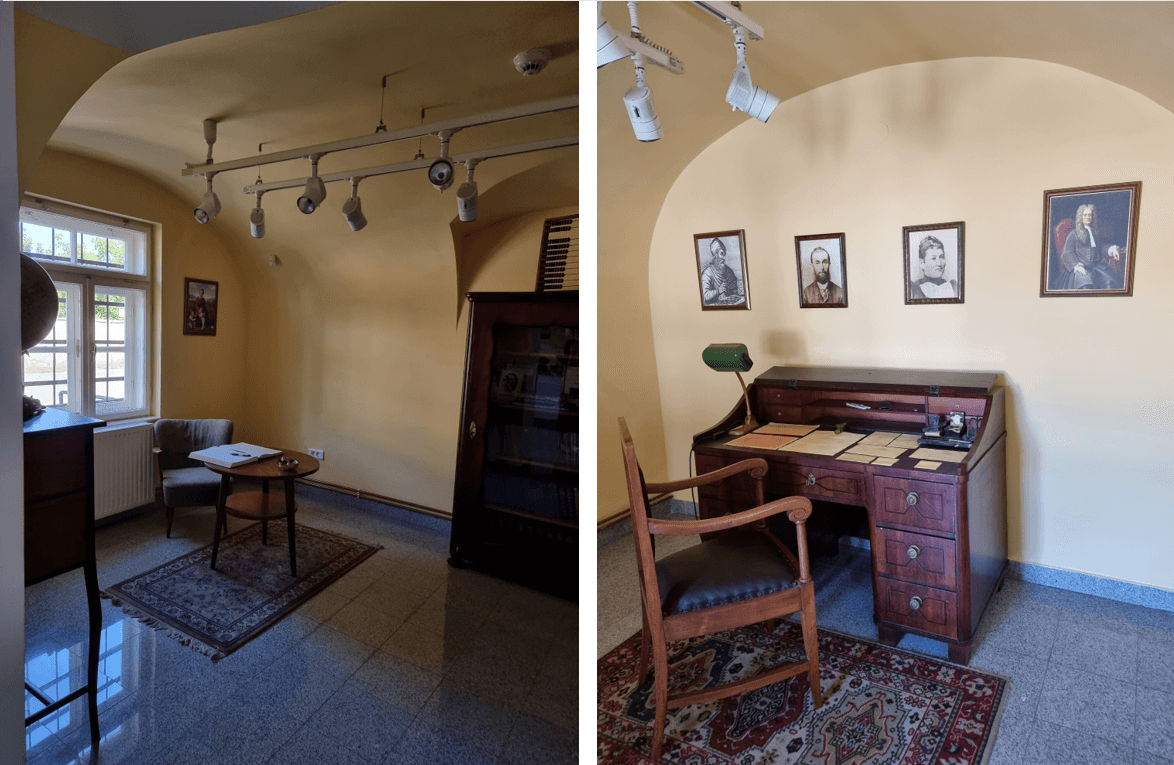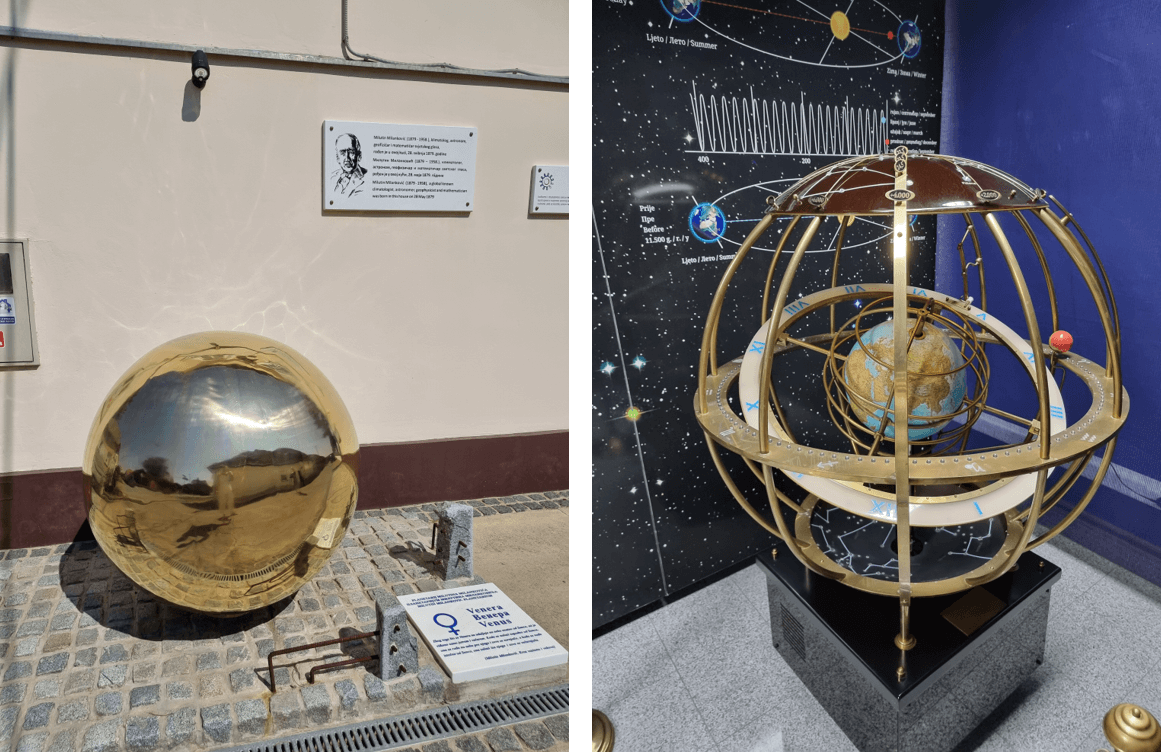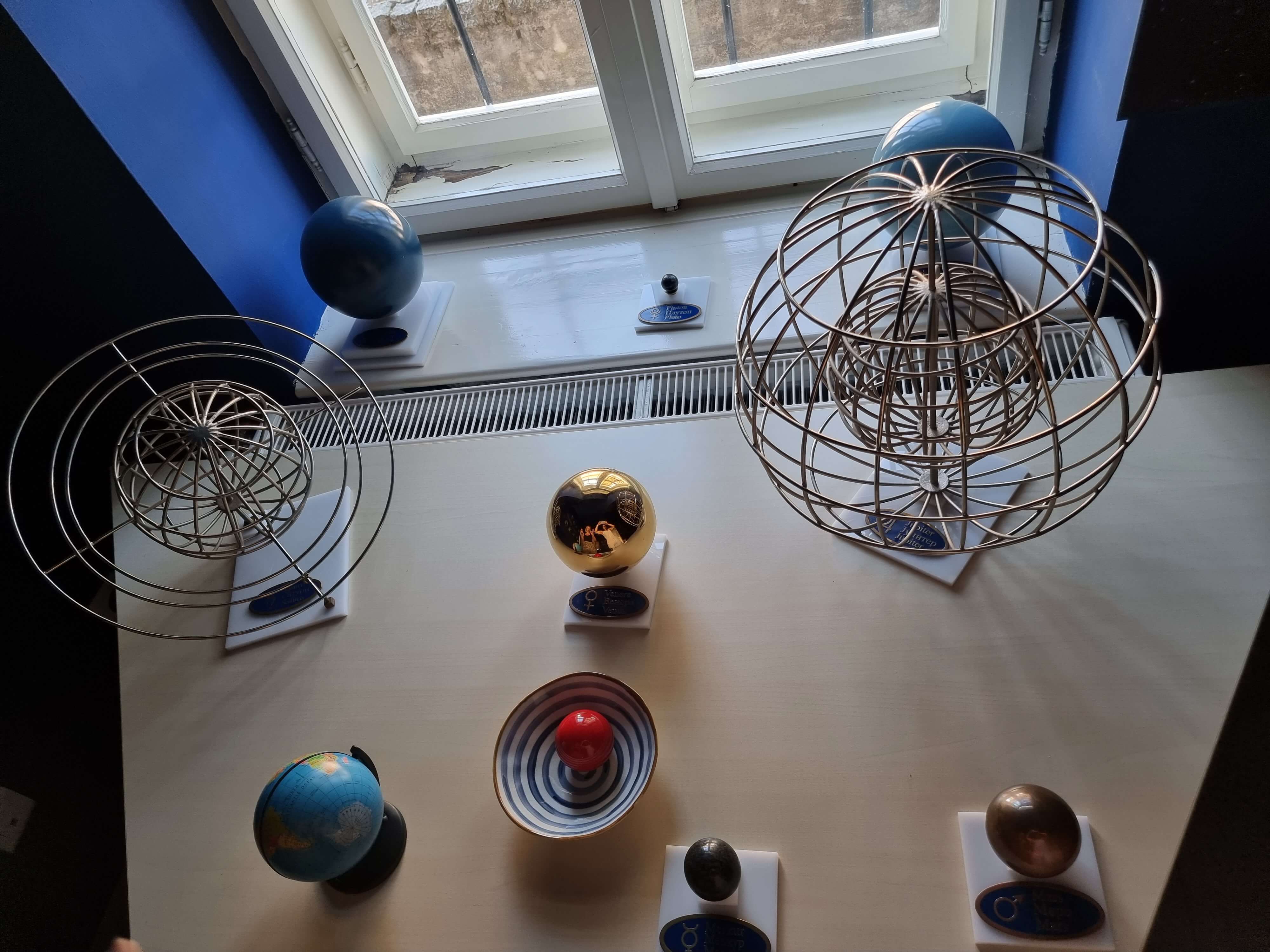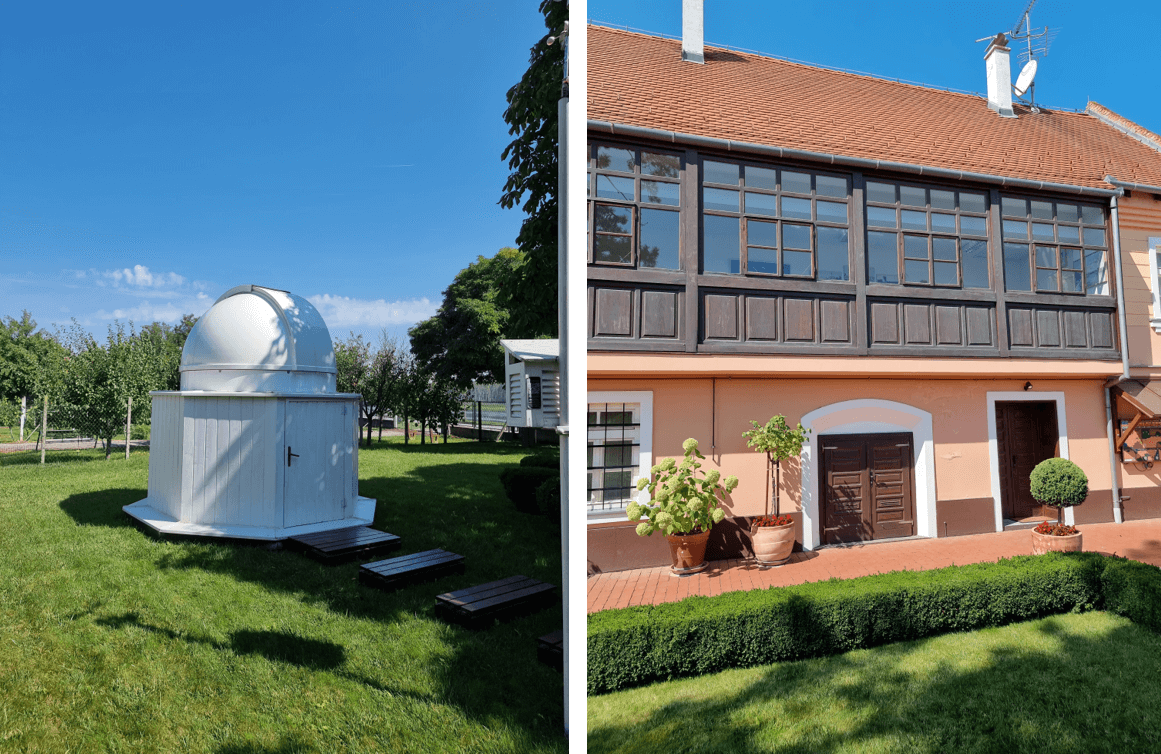November 9, 2022 – As part of our Croatian Danube series, TCN has visited Dalj, and we can say that we have been to what must be the most important house in the village. One that many people had no idea stood there for over 150 years now. Even though NASA named Milutin Milankovic one of the 15 greatest scientists of all time, he might be one of the most underrepresented and underrated in Croatia.
Milutin Milankovic, the astronomer, geophysicist, climatologist, mathematician, inventor, engineer, Doctor of Technology, university professor, and writer, was born in Dalj in 1879, in what was the Austro-Hungarian Empire. He studied in Osijek and acquired his diploma and Ph.D. in Vienna, where he worked as an engineer until 1909. He then became a university professor in Belgrade, where he worked until 1955. He was a member of the Serbian and Croatian Academies of Sciences and Arts. He spent WWI in internment in Budapest. He died in Belgrade in 1958. His remains were, per his wish, taken back to Dalj in 1966, where he was buried in his family tomb, along with his twin sister, brothers, parents, and many of his ancestors.

His contribution to science was vast and significant. Without pretending that we can understand his scientific work, just the list of his works and publications would impress any reader. His primary focus was on cosmic questions and life on Earth, the sun, ice ages, and how they influenced life on Earth. Some of his most famous work revolves around the Earth's orbital cycles, a theory confirmed by NASA, in which he provided mathematical explanations of the reasons, causes, frequency, and duration of ice ages on Earth, as well as other aspects of the Earth’s climate. Milutin Milankovic is also the author of the most precise calendar to date, with a difference of only 2 seconds between Milutin’s calendar year and the currently in use tropical (solar) year.


Along with scientific writing, Milankovic was versed in lyrical prose and wrote three volumes of memoirs on his life, his birth house, the village of Dalj, and the Danube, which was an endless source of inspiration. In his memoirs, he left detailed descriptions of his house and backyard, including all the flowers and plants, the pine that stood under his window, and the view of the mighty river. The house was declared a cultural monument in 1979 but had suffered the consequences of the passage of time and the war. Even though Milutin's nationality did spark debates between Croatians and Serbians, just like a certain other scientist, the municipality of Dalj invested in the recounstruction of Milutin Milankovic's birth house, where they created a cultural and scientific educational centre. The centre is equipped with models, presentations, and projections, including Milutin's space room. The backyard is a comfortable, inviting, fresh green space, with a gazebo just beside Milutin's beloved pine, which stands strong and tall. The observatory is the perfect venue for stargazing nights and special events.

And even though the people of Dalj know, love, and are happy to visit Milutin's house, the vast majority of Croatian people do not, or do not know, that they can visit it too. Not only can you visit the original house and see this magnificent exhibition firsthand, but you can also schedule an educational visit to learn about Milutin's life and legacy, explore the interactive presentations, and even try to find new stars using the telescope. The best part - the visit is completely free. Come on, where else do you get that? To schedule a visit, send an e-mail or call the contacts here.
How good is your knowledge of eastern Croatia? Take the CROMADS test above - how many places do you recognise?
For more, make sure to check out our dedicated Travel section.


